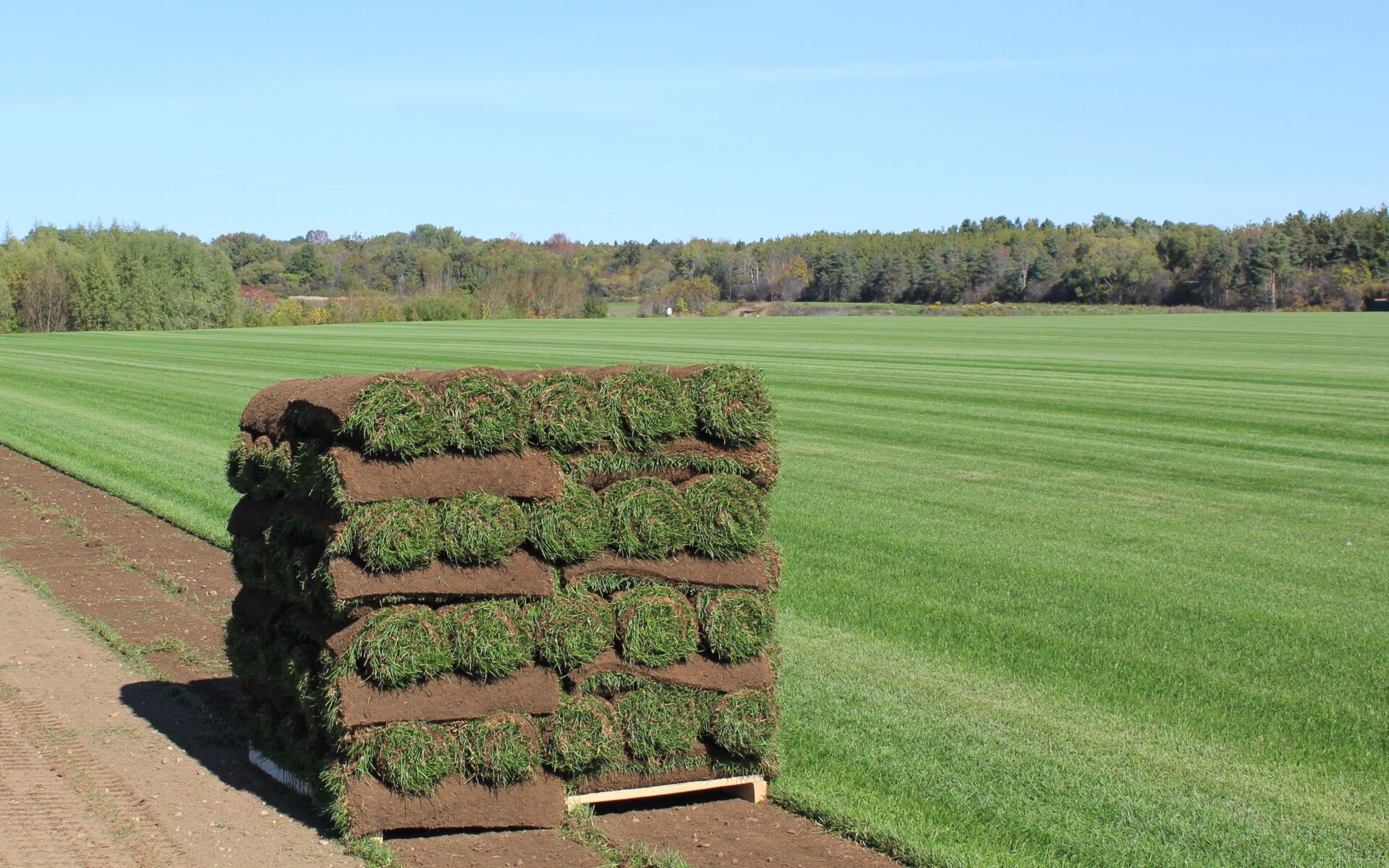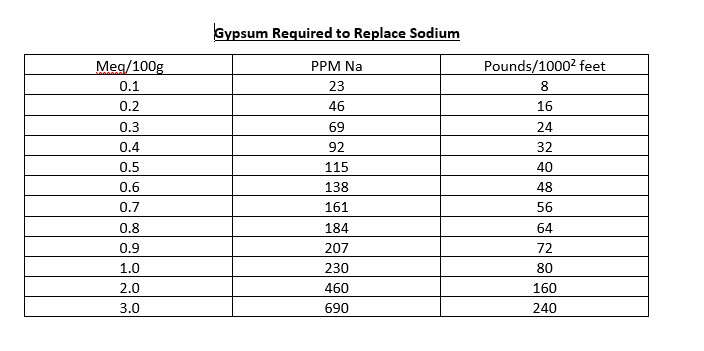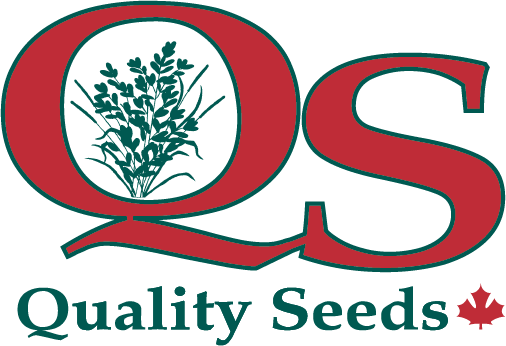Serious About Sod Fall 2019

1. The Advantages of a Late Fall Nitrogen Application on Nursery Sod.
2. In 2019, Why was Lifting and Issue in 2-Year-Old Sod?
3. Dealing with High Sodium Levels
4. Fall Fertilization Blends to Maximize Winter Hardiness and Increase Disease Tolerance
1. The Advantages of a Late Fall Nitrogen Application on Nursery Sod
A late nitrogen application has the following advantages for nursery sod:
· It increases winter hardiness.
· It results in an earlier, quicker green-up and increased plant growth in the spring.
· It reduces the need to get into the field early in the spring to apply nitrogen when conditions are not conducive to spread fertilizer.
Urea is the recommended source for a late fall application as it is not as readily leachable with excessive rainfall, and because it is economical to use. For the first harvested fields in the spring, I would recommend the use of a blend of urea with some form of slow-release nitrogen in a ratio of 70:30. This will ensure that there will be adequate nitrogen available to get these fields growing and greening up quickly.
2. In 2019, Why was Lifting and Issue in 2-Year-Old Sod?
a) Since the spring of 2019 was excessively wet, the roots of nursery sod remained at or near the soil surface, due to the water-saturated soils.
b) Because of the cool, wet weather, nursery sod growth was rapid, requiring very frequent mowing. The increased traffic on these wet fields caused increased soil compaction, further restricting root development.
c) After mid-June, very warm, dry conditions prevailed right through the summer, causing these nursery sod fields to go dormant rapidly. Dormant sod will not grow new roots.
d) Once these fields were ready for harvest, fertilizer and irrigation were applied to break dormancy. However, the root structure in these fields was very poor, and even though the grass came out of dormancy and began to green up and grow, there was only a limited root structure underneath preventing the harvest of these fields.
In hindsight, the following procedures should have been applied to prevent this problem:
· As soon as the soil conditions became dry, aeration should have taken place.
· A fertilizer application and irrigation should have been done after aeration.
· Applications of Terra Drive or TruPhos Platinum should have been applied once the sod greened up, to help generate new roots and promote a larger, deeper root mass.
3. Dealing with High Sodium Levels
On a few farms in Ontario again this year, I have been called to determine the cause of bare areas in the field where the sod died out or was performing poorly. In every case, these areas were located near a highway and damage usually followed the watercourse (natural drainage) of the problem field. Soil tests in these areas showed the problem to be high soil sodium levels.
I have also received calls where roadsides or sports parks had been sodded or hydro-seeded with poor results. In many instances where these problems occurred, the issue was high sodium levels. Top soil that had been brought into these areas was contaminated with sodium. I would recommend that all land areas to be sodded or hydro-seeded be soil-tested prior to planting or seeding where soil was moved into these areas.
To overcome high soil sodium levels, applications of granulated gypsum have been helpful. These applications were made prior to, or after seeding in the fall, and were repeated the following spring, being applied before the frost was out of the ground. Most high soil sodium levels were the result of salt being applied to the roads during the winter. To eliminate this problem completely, one would have to divert roadway runoff water from draining onto the sod field.
The following table can be used to determine the amount of gypsum required to replace sodium:


4. Fall Fertilization Blends to Maximize Winter Hardiness and Increase Disease Tolerance
It is important for sod to go into the winter with proper nutrition. A fertilizer blend should contain the following essential nutrients:
· Potassium -helps to harden off nursery sod, as well as reduce disease susceptibility
· Magnesium –increases the ability of sod to overwinter. Where soil levels of magnesium are low, add this nutrient into the blend
· Nitrogen –helps increase winter hardiness
· Zinc –increases cold tolerance of sod
· Boron –increases cell wall strength along with calcium which will reduce disease susceptibility
An application of TruPhos Platinum or Terra Drive in September will help to increase plant root mass and crown strength, improving winter hardiness and help to reduced sod heaving in the Spring.
As I write this newsletter, Crane Flies (Leatherjackets) are now active, and could be a problem next spring, needing control.
If you have any questions, please call me at 705-791-9321.
Joe Uyenaka
Senior Crop Agronomist
NutriAg
